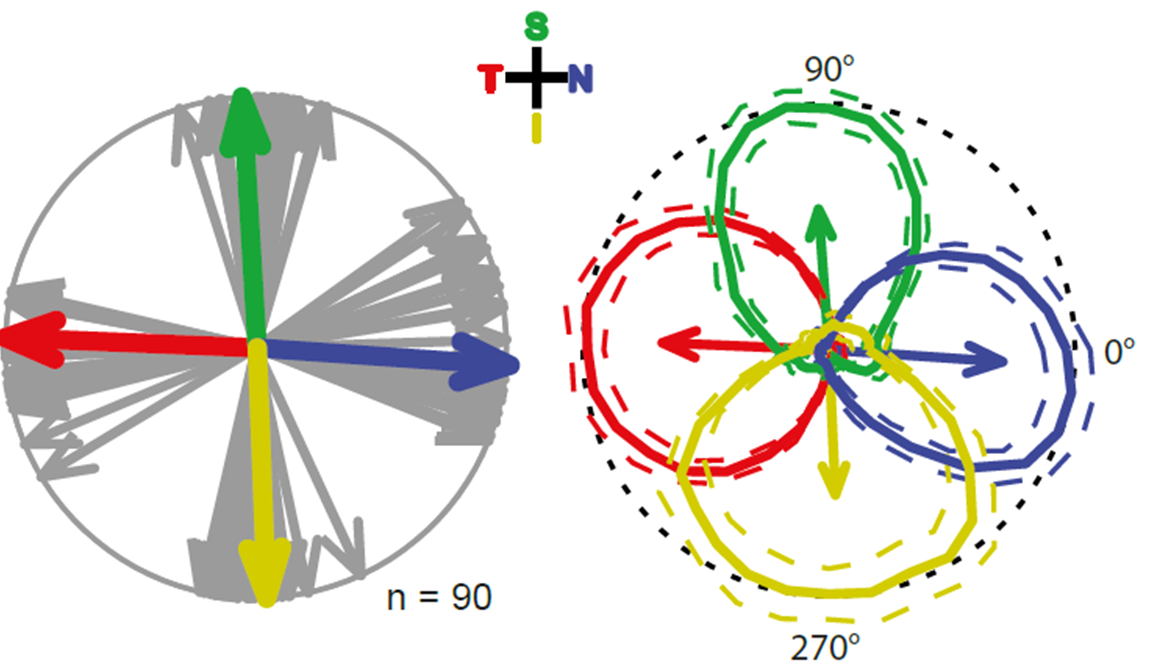Paper on neural correlation and coding in "Neuron"
High-density microelectrode arrays were used to study structures of neural correlation in the retina and how these correlations influence coding. The results were published in Neuron.
Coding in the brain suffers from the variability of neural responses. Using experimental data of direction-selective cells in the retina and theory, Felix Franke, Michele Fiscella et al. show that this "noise" comes with a particular structure, which emerges from circuit properties and which counteracts the harmful effect of variability. The results have been described in a paper entitled "Structures of neural correlation and how they favor coding" in Neuron (2016, 89(2), 409-422).
external page Neuron has established itself as one of the most influential and relied upon journals in the field of neuroscience and serves as one of the premier intellectual forums for the entire neuroscience community.
